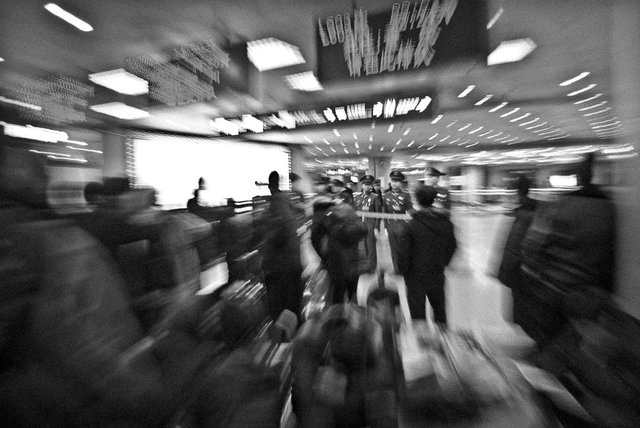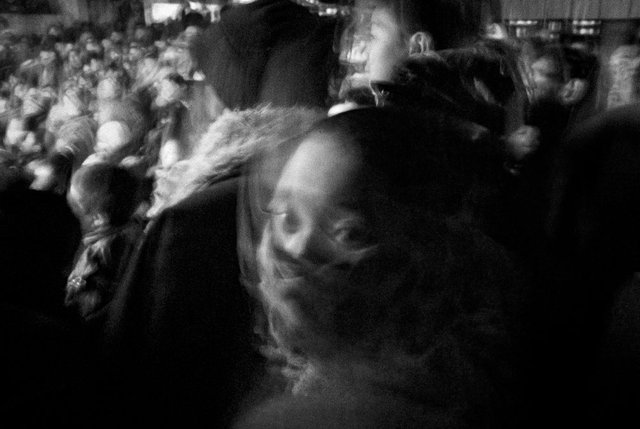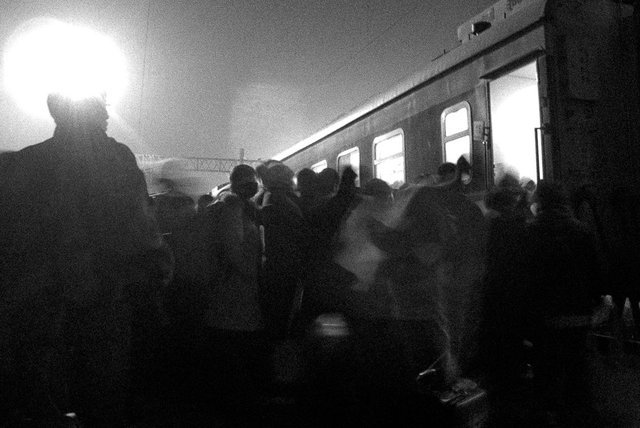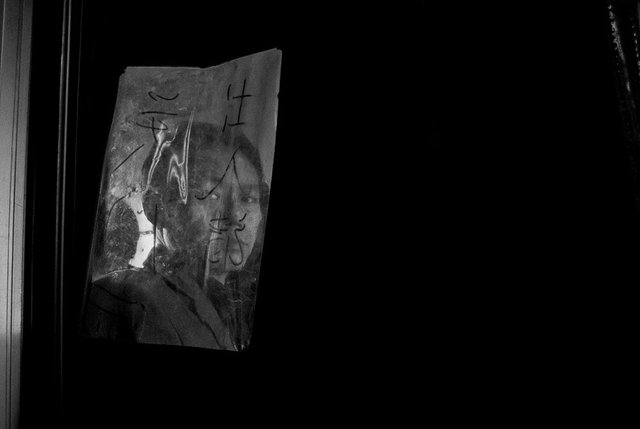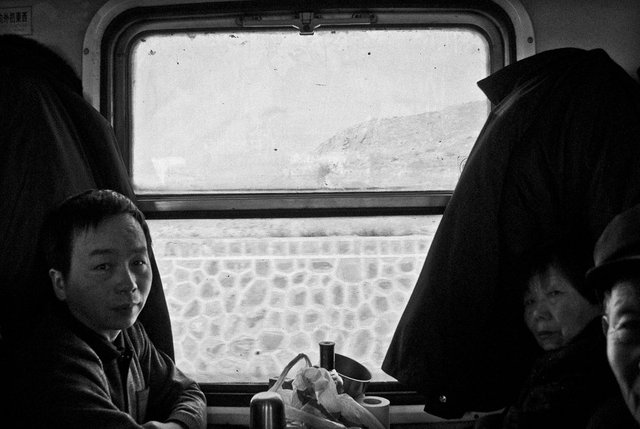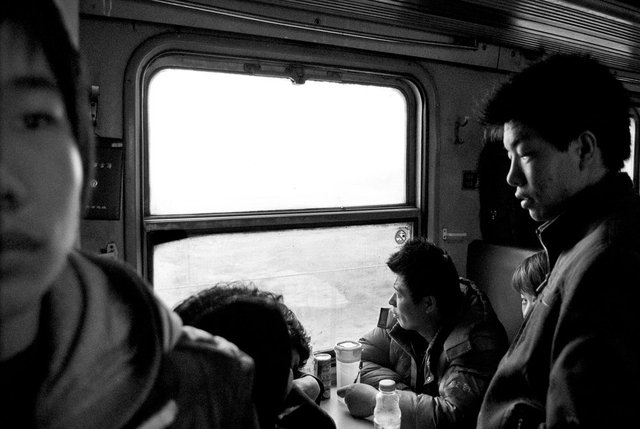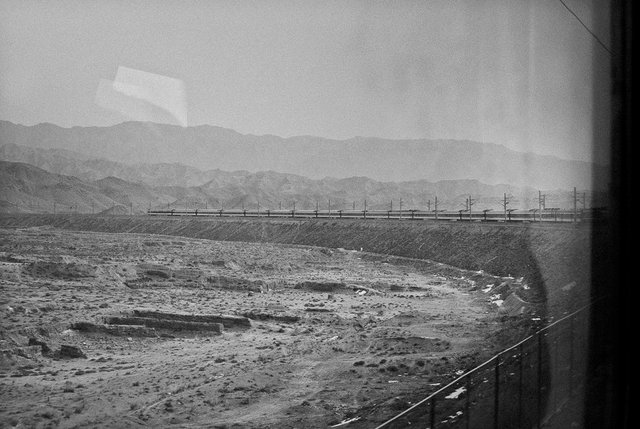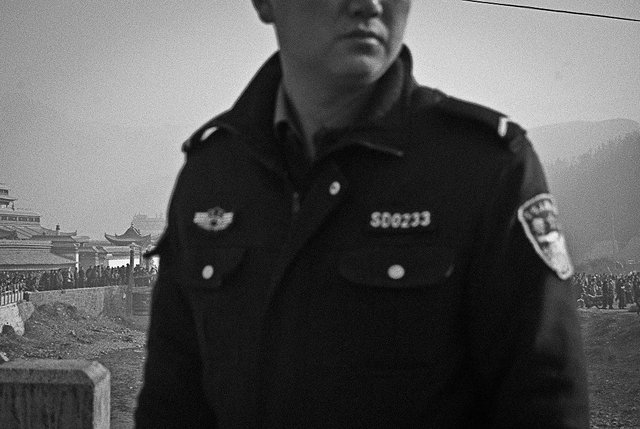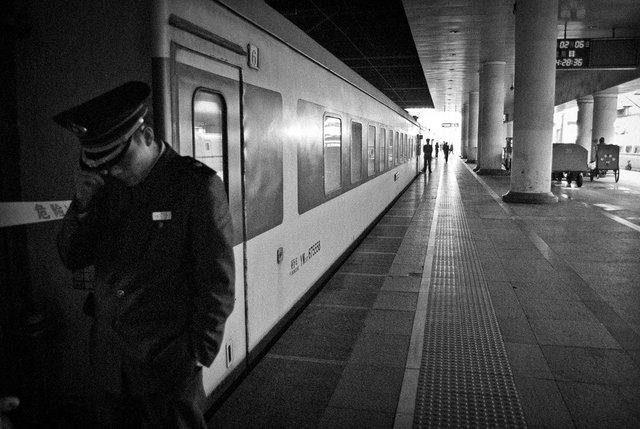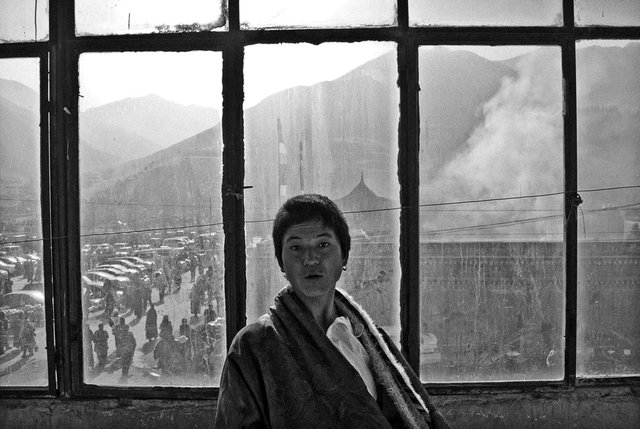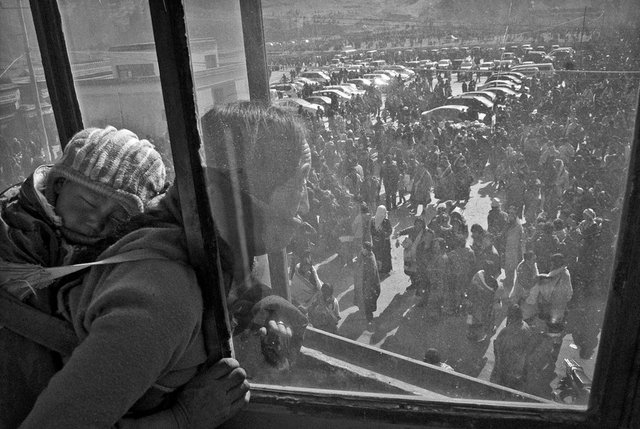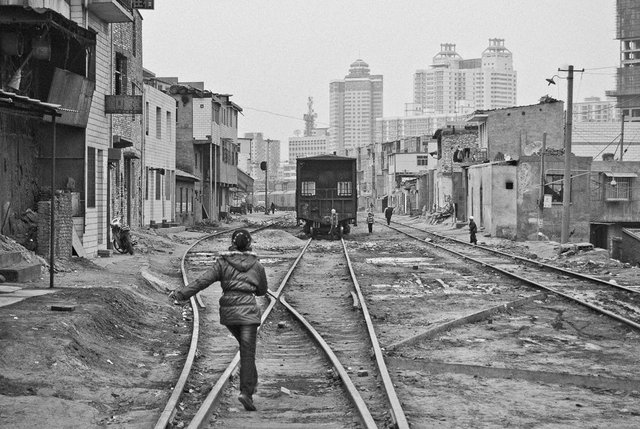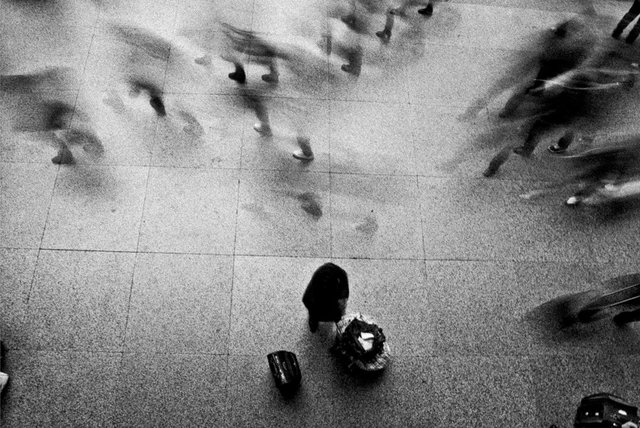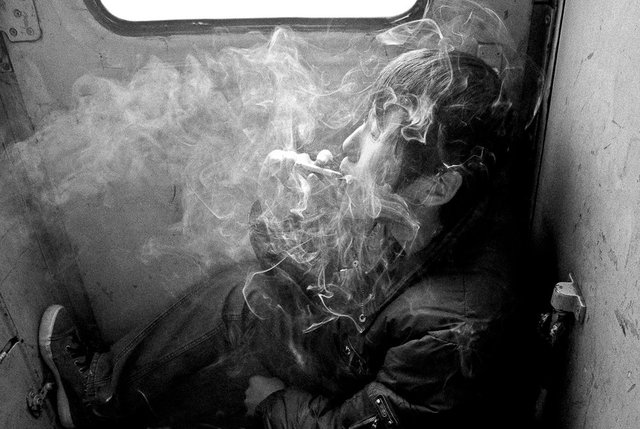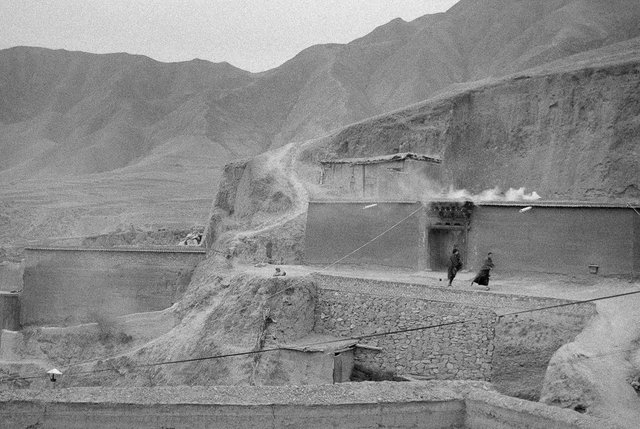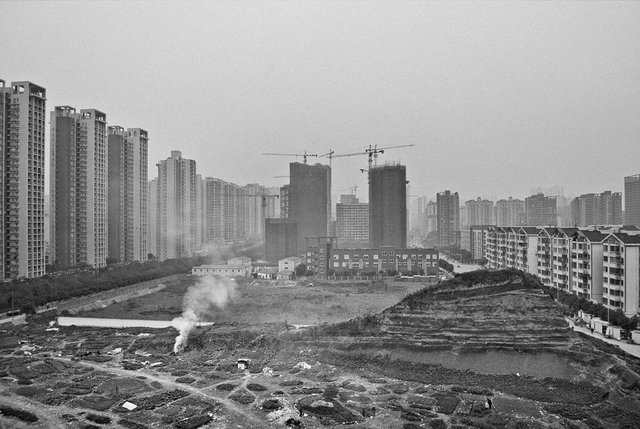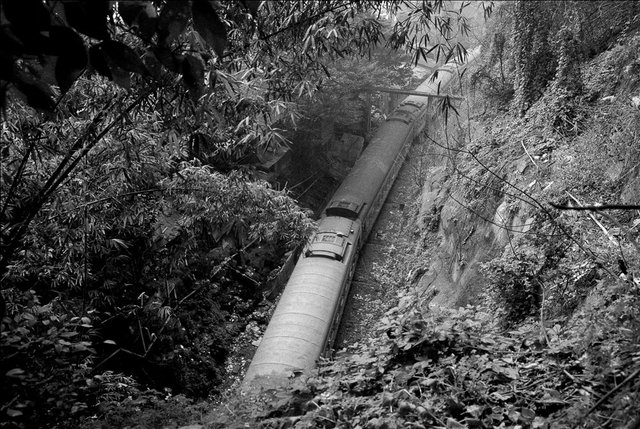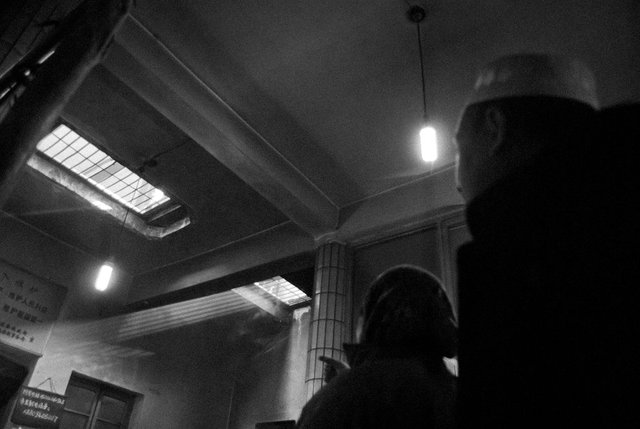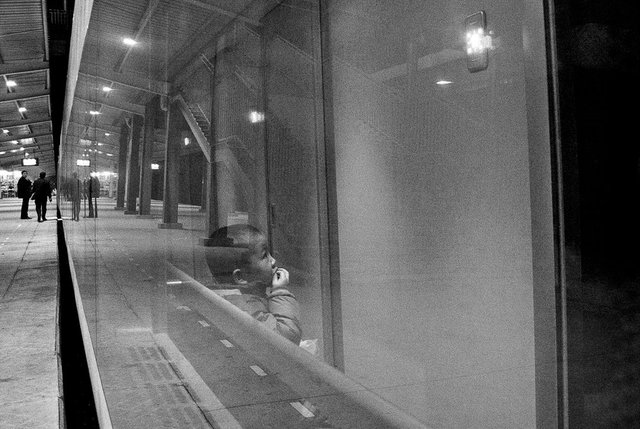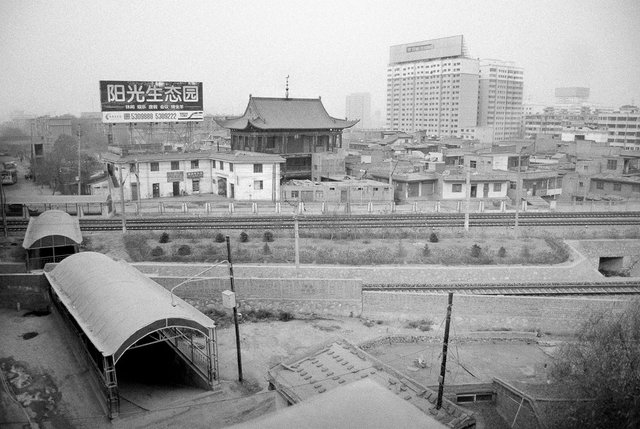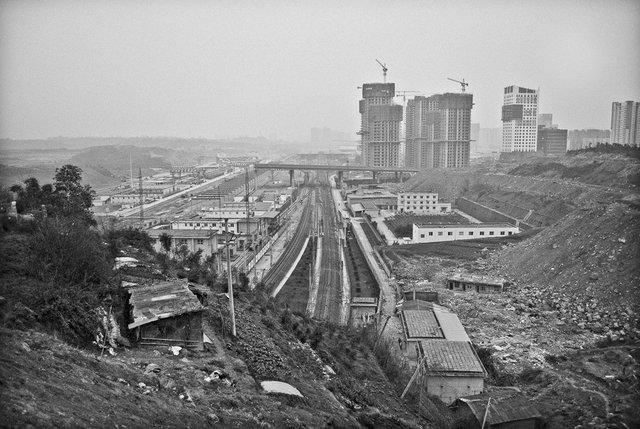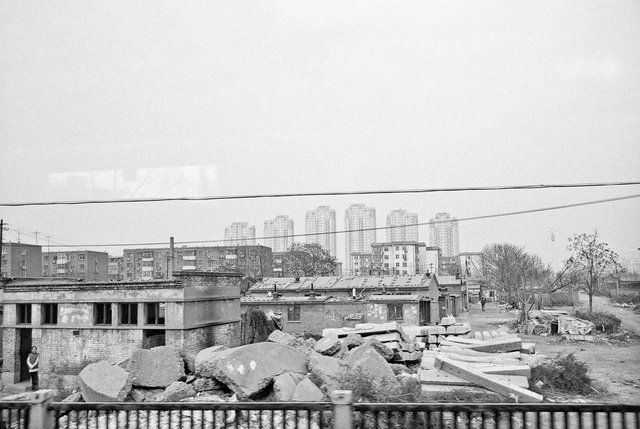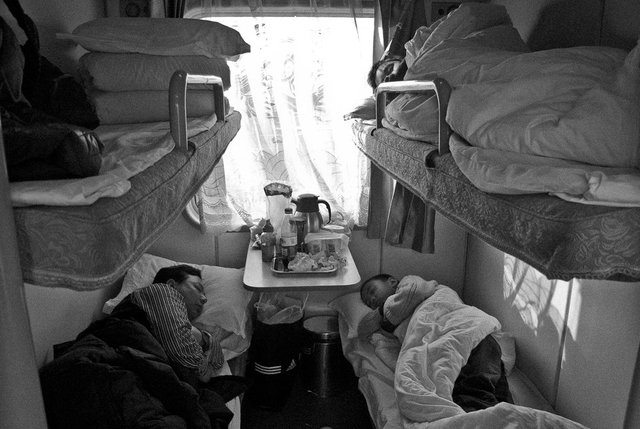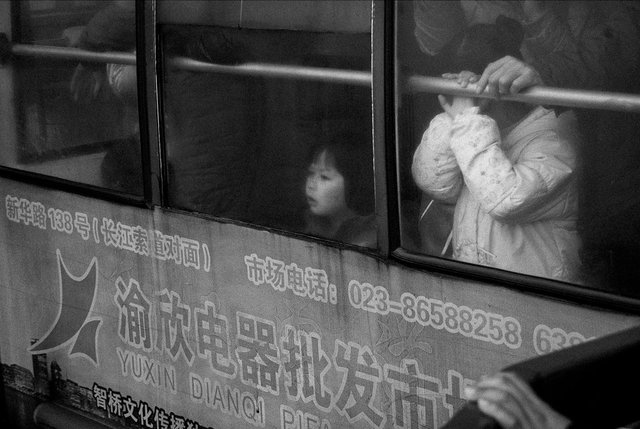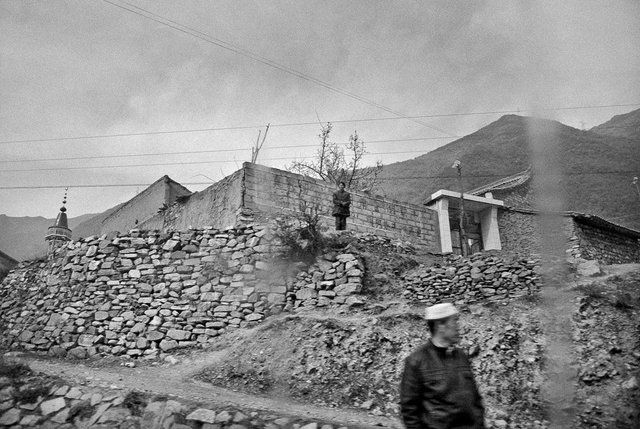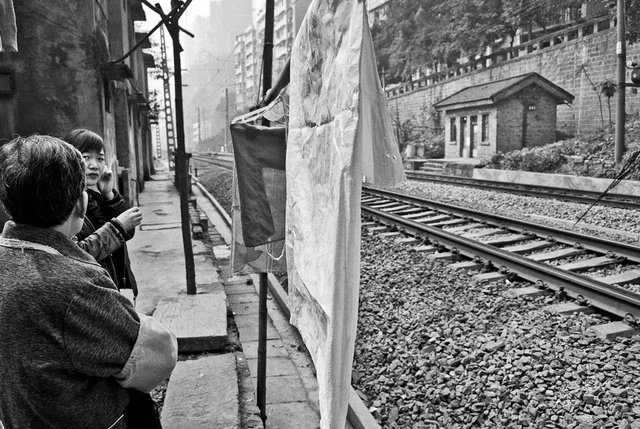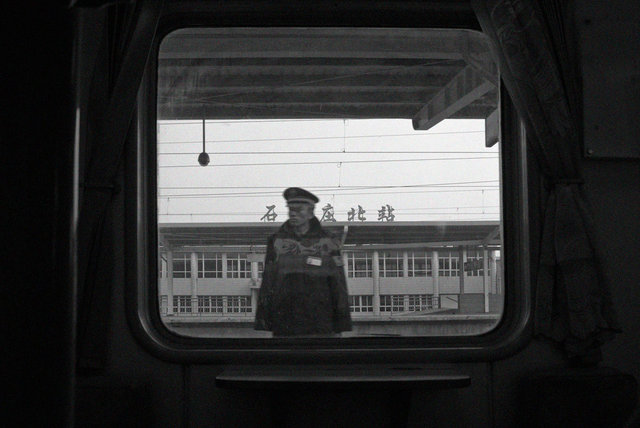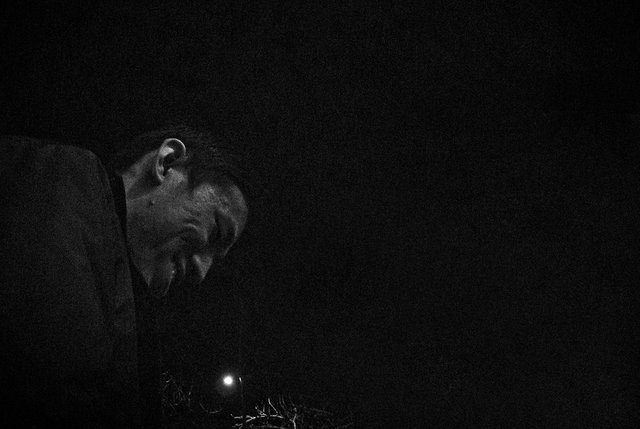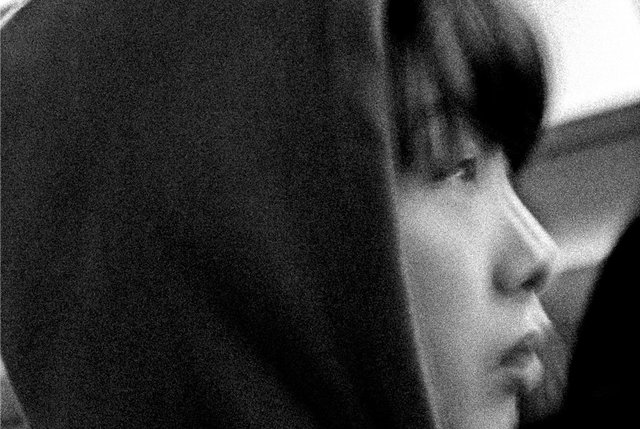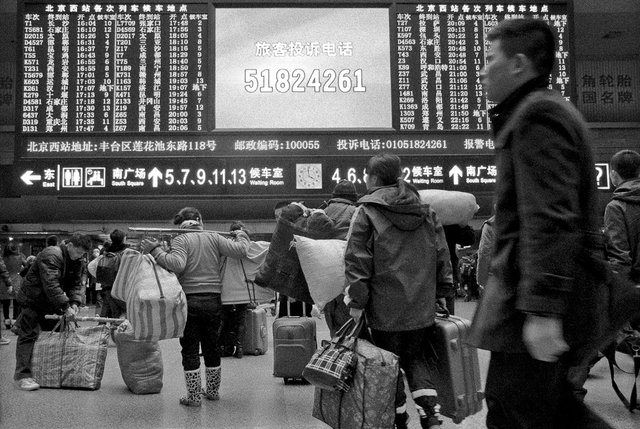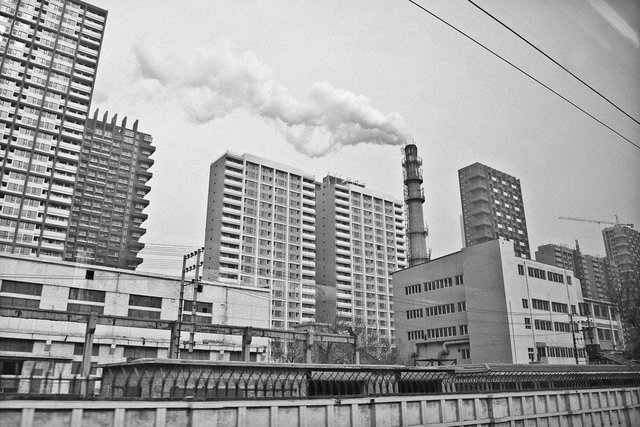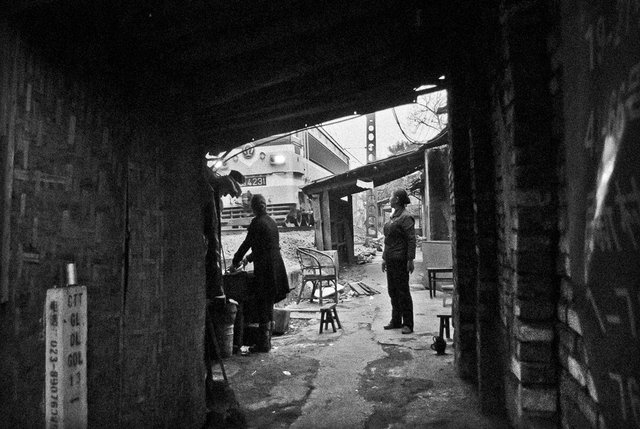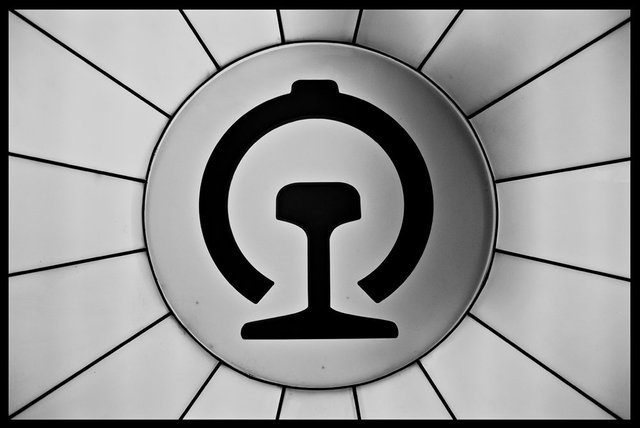
Chunyun - Chunyiè
Contemporary China is an ultra-complex system of around 1.4 billion people and represents - under many points of view - the greatest social experiment ever attempted in the history of the mankind. One of the key-concepts used by the Communist Chinese Party's propaganda is the Confucian theory of "Harmony", interpreted as 'management of Chinese society'. And the development of the transport system has a key role in contemporary China. Chinese government is planning to build 120.000km of electrified lines and 13.000+ km of high-speed lines - with trains reaching up to 350+km/h - before 2020. Beijing-Lhasa line has been completed in 2006; a new planned line from Lhasa to Chengdu and to Xigaze, in the west of Lhasa, will definitely open Tibet to railway transport, while the Lanzhou - Hezuo line in the Autonomous Tibetan prefecture of Ganna will be completed also before 2020. The New Year's Eve - Chunjiè, or the 'Spring Festival' - represents every year the perfect test for the entire trains system, when hundreds of millions of people come back to their native places from the regions where they normally live, work or study, creating the biggest cyclical contemporary human migration worldwide - the Chunyun, or the 'Spring Travel'. It is a unique phenomenon considering the enormous amount of travellers and resources involved. This gigantic mass migration - the Chunyun - usually starts almost 15 days before the lunar New year and lasts approximately 40 days. The number of passengers travelling during the festival has recently exceeded the entire Chinese population, and in 2014 has set a new record of around 3.62 billions. During the 40-day travel rush, millions of Chinese people will first travel home and then return to their living places, making the Chunyun the biggest short-term migration phenomenon in human history during which nothing can go wrong. Even a small unexpected accident can be catastrofic, meaning millions of people blocked in and out of railway stations, like it has happened, for instance, in 2008 when due to the exceptional snow storms in Southern-Central China, hundreds of thousands of migrant workers and travellers were trapped in Canton station. More than 1.3 millions reservists were needed to clean the blocked roads and railways, and the army was due to guarantee basic necessities of travellers. This reportage has been made during the Chinese and Tibetan New Year's celebrations, from Beijing to Tianjin and from Beijing to Urumqi travelling through Lanzhou, with a diversion to the Tibetan New year celebrations in Labrang. Then from Lanzhou to Chongqing via Xi'an, and Kunming, and North to Beijing again. Almost 10.000 km travelled along with millions of other passengers. A very complex system which tries to guarantee a proper transport service to 1/6 of the entire world population.

